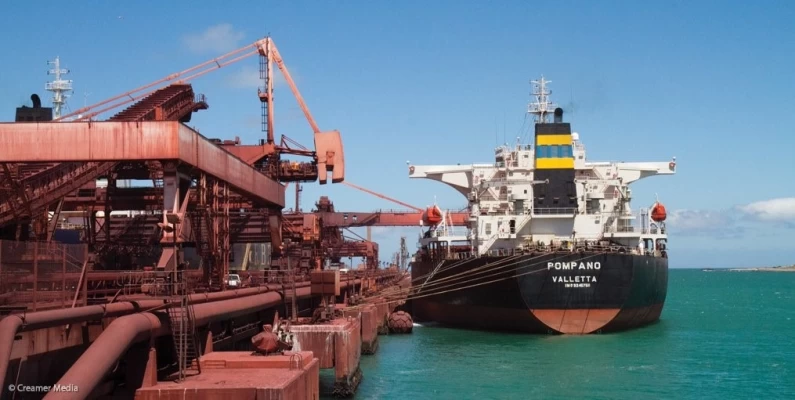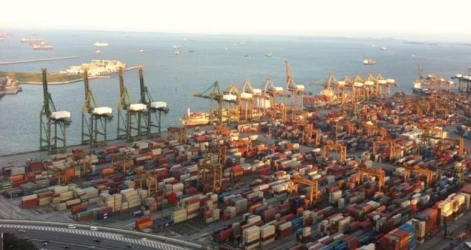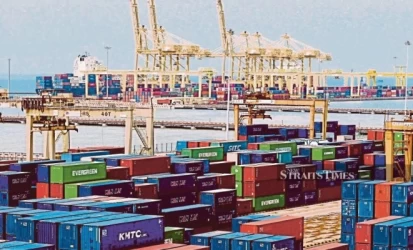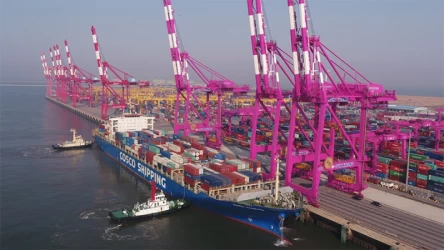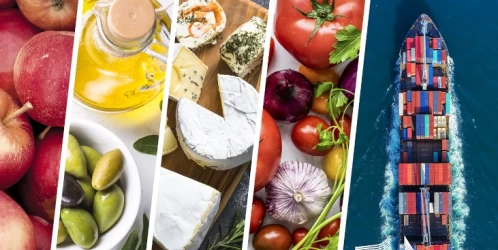Sea Freight in Saldanha Port
Saldanha Port, located on the west coast of South Africa, is renowned for being the largest and deepest natural port in the Southern Hemisphere. This strategic location, approximately 60 nautical miles northwest of Cape Town, plays a pivotal role in the global sea freight industry, particularly for bulk cargo.
Historical Background
The port’s history dates back to its discovery in 1601. Over the centuries, it has evolved into a critical hub for maritime activities. The development of a purpose-built rail link directly connected to a jetty bulk loading facility has significantly enhanced its capacity to handle large volumes of cargo, particularly iron ore.
Infrastructure and Facilities
Saldanha Port boasts impressive infrastructure designed to accommodate various types of sea freight. Key features include:
- Deep Draft: The port can handle vessels with a draft of up to 21.5 meters, making it suitable for large bulk carriers.
- Berths: There are multiple berths, including three multi-purpose berths, two iron ore berths, and one crude oil berth.
- Cargo Handling: The port is equipped with advanced cargo handling facilities, including a semi-automated bulk handling system for iron ore and hydraulic arms for oil terminals.
Economic Significance
The port’s ability to handle large volumes of bulk cargo, particularly iron ore, has made it a cornerstone of South Africa’s export economy. In 2016, the port handled over 66 million tonnes of cargo, with iron ore being the primary export. This capacity not only supports the local economy but also positions South Africa as a key player in the global commodities market.
Future Developments
Plans are underway to further enhance the port’s capabilities. The proposed Saldanha Bay Industrial Development Zone (SBIDZ) aims to boost the port’s capacity to handle container operations and support the oil and gas industry. This development is expected to attract significant investment and create numerous job opportunities, further cementing Saldanha Port’s role in the global maritime industry.
Environmental and Operational Challenges
While the port’s deep draft and advanced facilities offer numerous advantages, they also present challenges. The need for regular dredging to maintain the navigation channels and the environmental impact of large-scale industrial activities are ongoing concerns. Additionally, the port’s reliance on the rail link for cargo transport necessitates continuous maintenance and upgrades to ensure efficient operations.
Sea Freight Between Saldanha Port and Iran
Sea freight between Saldanha Port in South Africa and Iran plays a crucial role in facilitating trade between the two regions. Saldanha Port, known for its deep draft and advanced bulk handling facilities, is well-equipped to handle large shipments of commodities such as iron ore and crude oil. These goods are transported to various Iranian ports, including Bandar Abbas and Bandar Imam Khomeini, which serve as key entry points for imports. Conversely, Iran exports products like petrochemicals and agricultural goods to South Africa, leveraging the efficient sea routes and logistical infrastructure. This maritime connection not only strengthens economic ties but also promotes cultural and commercial exchange between the two nations.
Conclusion
Saldanha Port stands as a testament to South Africa’s maritime prowess. Its strategic location, advanced infrastructure, and significant economic contributions underscore its importance in the global sea freight industry. As future developments unfold, the port is poised to enhance its capabilities and continue playing a vital role in international trade.
if you have a specific question or need more details about Saldanha Port, Iran's logistics experts are your answer!

